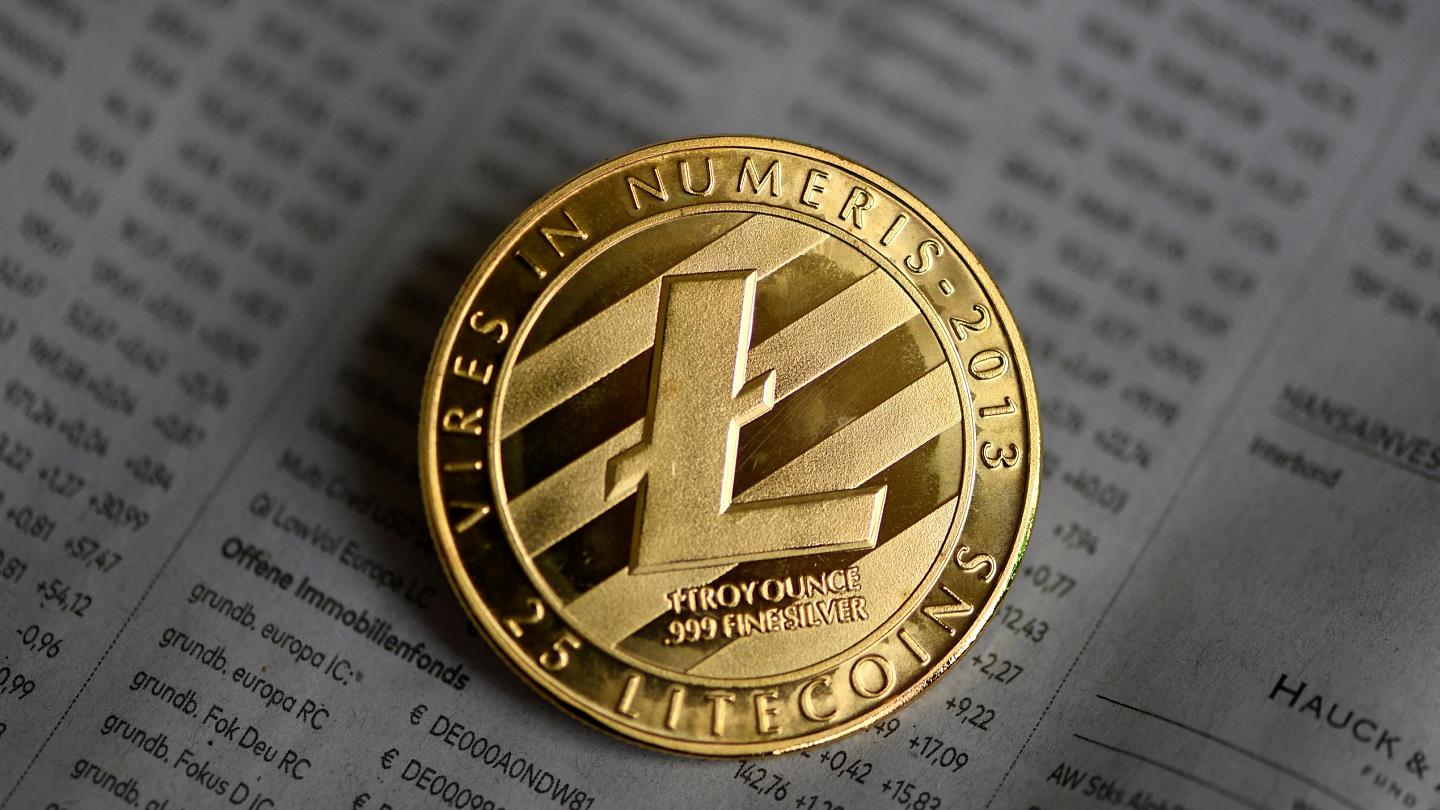
By admin January 10, 2022
Litecoin is a cryptocurrency. That means, it’s an anonymous transfer of value, secured by cryptography. It was introduced as open source software in 2011 by former Google employee Charlie Lee to enable trading between people without using banks or similar institutions which charge fees.
Litecoins are generated through mining, just like most other cryptocurrencies. Mining is the process of generating new coins by confirming transactions in the Litecoin network. As a reward for that work, miners receive some newly generated Litecoins.
Litecoin has the same basic underpinnings as Bitcoin but is based on an entirely different codebase. It’s like Git vs Subversion or FreeBSD vs Linux. Scrypt is the proof of work (PoW) algorithm used by Litecoin. It’s a sequential memory hard function requiring asymptotically more memory than an algorithm which is not memory-hard. The idea behind that: To avoid development of custom mining hardware and multipools , originally envisioned in Satoshi Nakamoto’s Bitcoin protocol, but brought to reality by alternate cryptocurrencies. With Scrypt you can also make money by trading it on forex exchanges.
Litecoin is often described as silver to Bitcoin’s gold, with a faster block generation rate and larger coin limit. It has always been among the top 5 cryptocurrencies by market capitalization, comparable only to Bitcoin, Ethereum or Ripple in that regard.
Litecoin reached the $1 billion market cap milestone in November 2013. However, because of Litecoin’s architecture, its inflation rate is expected to be significantly lower than that of Bitcoin. Since Litecoin has 4x as many currency units as Bitcoin, it will initially have 4x the circulation and hence quadruple the monetary base or the number of coins generated per block. So while the absolute number of Litecoins may be limited, the relative scarcity compared to Bitcoin will remain proportionately higher.
Litecoin can handle a higher volume of transactions thanks to its faster block generation. At the time of writing, the network is averaging 77 blocks per hour giving it a confirmation rate of around 2.5 minutes per transaction. In comparison, Bitcoin averages a confirmation time of 10 minutes per transaction with an average block time of around 600 seconds.
In order to use Litecoin you need a software wallet or a web wallet . Online wallets are faster and more convenient because they don’t require you to download the blockchain. They still operate based on client-server architecture, with the wallet client running on your computer or smartphone and the server hosted by the wallet provider.
The official Litecoin client is available for Windows, Linux, Mac OSX and Android (coming soon). For web wallets there are several to choose from , including Coinbase which also offers an online exchange where you can buy litecoins using US dollars.
As with Bitcoin, there is a Litecoin explorer which you can use to check addresses and transactions on the blockchain. To take a look at the current state of the network including transaction volume.
Litecoins have been around since 2011 so they have had time to stabilize. The price of 1 LTC is around $3.20 at the time of writing, with its all-time high being around $40 in November 2013.
The only bad news for Litecoin are some incidents where people have lost coins through buggy or badly implemented wallet software . Other than that, Litecoin has been widely adopted by online merchants and services which accept cryptocurrencies, among them being WordPress, Reddit and 4chan.
Litecoin also has a thriving mining community with the difficulty level peaking at around 590 billion at the time of writing. Those interested in mining can check out this list of Litecoin mining pools , as well as this guide to setting up a miner on a Mac.